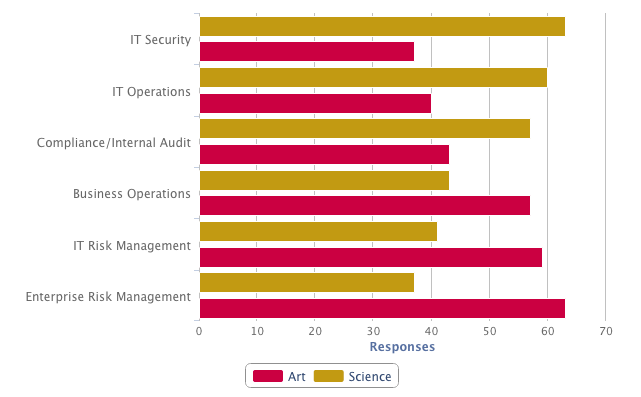http://i1347.photobucket.com/albums/p703/RiskMgmt/suits_zps720645de.jpg
Earlier this week, famed chairman George Zimmer was relieved of his duties at Men’s Wearhouse.
According to a story in Bloomberg BusinessWeek, Zimmer’s quest to turn Men’s Wearhouse from a public entity to a private one was met with heavy resistance from his board. It wasn’t the suggestion that led to his termination but rather his persistence on the matter combined with his inability to acquiesce power to a newly appointed management team.
Did Zimmer and Men’s Wearhouse fail to utilize their risk management arm for a proper risk assessment to determine the advantages and disadvantages of the move? Could the clothing giant have missed an opportunity to leverage a risk (risk of going private) and instead hastily choosing to implement a mitigation strategy that included handing the move’s champion his walking papers?
According to a letter released by Zimmer yesterday, they did. In it he says:
“Rather than thoughtfully evaluating the idea or even checking the market to see what value might be created through such strategic alternatives, the Board quickly and without the assistance of financial advisors simply rejected the idea, refused to even discuss the topic or permit me to collect and present to the board any information about its possibilities and feasibility.”
It’s a case of he said, she said. We might never know to the extent this strategic vision was reviewed or the full reasoning for the company’s decision.
But what is apparent is the undeniable value of communication throughout all levels of the organization – especially among leaders behind those boardroom doors.

